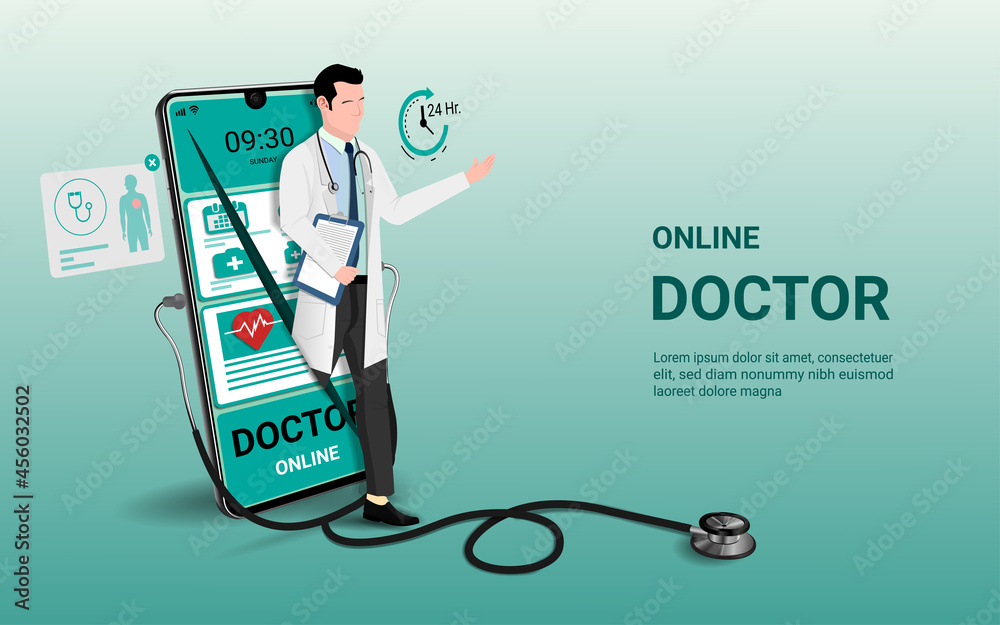Opening the Secrets of Subscription Based Healthcare for Better Patient Outcomes
Opening the Secrets of Subscription Based Healthcare for Better Patient Outcomes
Blog Article
The Rise of Subscription-Based Healthcare and Its Influence On Patient Treatment
As health care evolves, the subscription-based design is getting traction, guaranteeing to reinvent patient care by offering predictability and accessibility. These models, which bypass traditional insurance policy, might redefine the patient-doctor dynamic, highlighting individualized and precautionary treatment. As with any innovation, they present challenges, specifically worrying fair accessibility for all socioeconomic teams. The capacity for these versions to improve medical care distribution increases pushing questions about their long-lasting sustainability and inclusivity. Are these subscription solutions the future of medical care, or do they run the risk of leaving at risk populations behind? The intricacies of this shift warrant a better examination.
Understanding Subscription Medical Care Models
Realizing the idea of registration healthcare designs includes taking a look at a transformative method to medical services that stresses price and ease of access. These models, often referred to as direct medical care (DPC) or attendant medication, have become ingenious alternatives to typical fee-for-service healthcare systems. Subscription medical care allows clients to pay a fixed regular monthly or annual charge for a defined set of medical solutions, which may include unlimited workplace gos to, regular exams, and standard lab tests, without the requirement for standard insurance policy invoicing.
The structure of subscription healthcare models is designed to enhance individual care by getting rid of third-party payers and complicated billing codes, therefore lowering administrative worries. Health care companies can concentrate much more on person treatment, cultivating more powerful patient-provider partnerships. This version likewise advertises preventative treatment by urging routine visits, as the monetary obstacle of per-visit fees is gotten rid of.
The registration design frequently empowers doctor to manage smaller sized individual panels, permitting more customized care. It aligns monetary motivations with person health results, as suppliers are encouraged to keep patient contentment and health. Overall, recognizing membership medical care models requires identifying their prospective to reshape just how care is delivered and accessed.
Benefits for Providers and people

For suppliers, subscription-based versions provide the chance to grow patient-provider relationships. With a stable revenue stream, health care professionals can devote more time per client, leading to an extra thorough and customized treatment experience. This version also lowers reliance over person quantities, reducing fatigue and boosting work satisfaction. Additionally, the emphasis on precautionary care within registration plans can result in much better individual results and lowered long-lasting healthcare expenses. By concentrating on continuous care, providers can attend to issues prior to they intensify, eventually benefiting the medical care system in its entirety by reducing the problem on emergency situation and intense treatment services.
Difficulties and Problems
While subscription-based health care designs existing countless benefits, they also come with a collection of difficulties and problems that need to be addressed. This elevates moral questions regarding fair access to healthcare services.
Financial sustainability of subscription-based designs is an additional issue. Providers should stabilize the fixed revenue from memberships with the variable expenses of medical care solutions, which may change because of unforeseen clinical demands. This can develop pressure to limit services or boost charges, potentially influencing individual complete satisfaction and care top quality.
In addition, regulative oversight of subscription-based medical see this website care models is still developing. Addressing these challenges is crucial for the successful and fair application of subscription-based health care.
Impact on Patient-Doctor Relationships
One substantial impact of subscription-based medical care designs on patient-doctor partnerships is the capacity for boosted continuity and individualized treatment. By taking on a subscription design, physicians can handle a smaller individual panel, enabling for even more committed time with each individual. This raised accessibility fosters a much deeper understanding of a patient's medical background, way of life, and choices, allowing extra tailored therapy strategies and interventions.

However, it is vital to acknowledge that while subscription-based designs might profit those that can afford them, they might unintentionally broaden medical care variations. Clients who are unable to take part in these designs may experience lower access to customized care, potentially affecting their connections with doctor. Hence, while the subscription version uses appealing advantages for patient-doctor relationships, it likewise poses obstacles that require to be resolved to make sure fair health care accessibility.
Future of Healthcare Accessibility

The role of modern technology can not be ignored in this transformation. Telemedicine platforms and digital health records help with seamless interaction between individuals and doctor, damaging down logistical and geographical barriers. In addition, improvements in expert system and information analytics can better individualize healthcare by predicting person needs and maximizing treatment strategies.
Nevertheless, the future of health care access additionally offers challenges, such as making sure equity across different socio-economic groups. Policymakers and doctor need to work together to connect the electronic divide, making sure that subscription-based models continue to be affordable and comprehensive. As these systems develop, they hold the promise of making health care a lot more Resources accessible, efficient, and patient-centric.
Conclusion
Subscription-based medical care models are reshaping client treatment by supplying a steady price framework and enhancing accessibility. These versions reinforce patient-provider relationships via individualized treatment and normal sees, emphasizing preventative health. In spite of these advantages, difficulties such as access problems for low-income populaces and the demand for equitable healthcare services continue. The rise of subscription-based health care encourages proactive patient interaction, which has the potential to boost person results and contentment, signaling a transformative shift in healthcare distribution.
As health care evolves, the subscription-based version is obtaining grip, promising to change patient treatment by using predictability and access.Subscription-based medical care versions provide distinct advantages for both patients and suppliers, improving the overall healthcare experience.As healthcare systems advance, the future of health care accessibility regularly pivots on the assimilation of cutting-edge versions and modern Learn More Here technologies.Subscription-based medical care versions are reshaping individual treatment by offering a secure price structure and improving access. The increase of subscription-based healthcare urges positive individual interaction, which has the possible to enhance individual end results and contentment, indicating a transformative shift in healthcare shipment.
Report this page